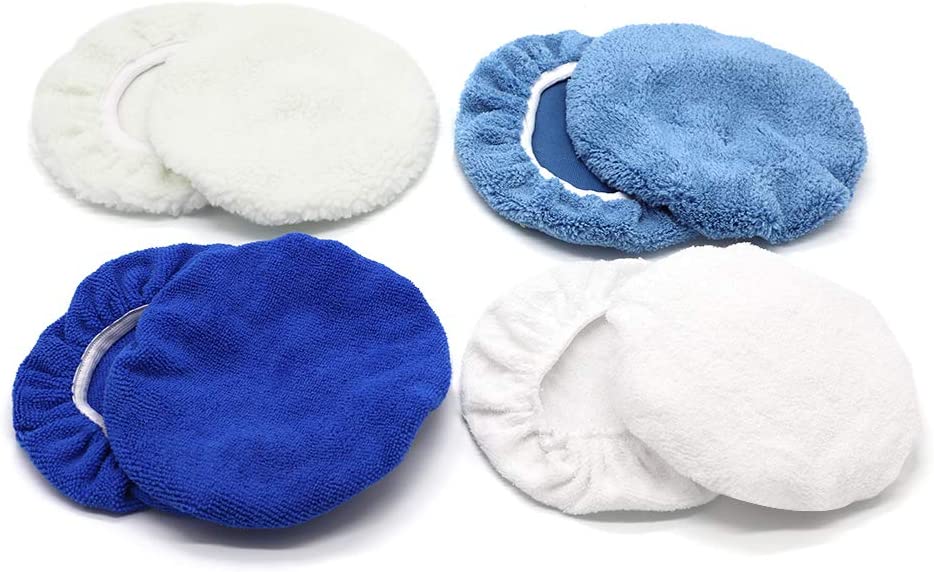Car polishing and waxing are the core means of paint maintenance. The frequency needs to be scientifically determined in combination with the vehicle environment, paint condition and maintenance goals. Blind operation may damage the paint. Reasonable planning can extend the life of the car paint.

The core of polishing is to remove the paint oxide layer and fine scratches. It is recommended not to exceed 2 times a year. Vehicles parked outdoors for a long time are prone to oxidation spots after being exposed to wind and sun. They can be polished every 6-8 months; vehicles parked in underground garages can be polished once a year if the paint gloss is good. Frequent polishing will grind the original varnish layer (thickness is only 30-50 microns), and excessive operation may cause the paint to become thinner, which will reduce the protective ability. It is recommended to avoid polishing for new cars in the first two years, and daily cleaning can maintain the paint condition.
The frequency of waxing can be adjusted according to the type of wax. Solid wax has a shorter protection period of about 1-2 months, which is suitable for car owners who wash their cars 1-2 times a month. Each waxing can maintain the hydrophobic effect of the paint surface and reduce the adhesion of stains; liquid wax and polymer coating wax can last for 3-6 months, which is suitable for vehicles with more outdoor parking. The protective film formed by them has stronger UV resistance. Due to high humidity and salt spray erosion in coastal areas, it is recommended to shorten it to once every 2-3 months; it can be extended to 4-6 months in dry inland areas.
Special circumstances require flexible adjustment of the cycle. After long-distance high-speed driving, asphalt particles may adhere to the paint surface. It is recommended to wax in time to seal minor damage; in areas where acid rain is frequent, the paint surface needs to be checked after rain, and if spots appear, it should be polished in advance. Dark car paint can increase the frequency of waxing appropriately because scratches are more obvious; matte paint is not suitable for polishing, and only regular waxing is required to maintain the texture.
Professional maintenance suggestions: Wax the new car for the first time within 3 months after it is put into use to form basic protection; do a deep polish every spring to remove the damage caused by the residual snow-melting agent in winter; wax before the arrival of summer to enhance the anti-ultraviolet ability. The state of the wax layer can be judged by splashing water on a daily basis. If the water droplets no longer condense into a ball shape, it means that the protective effect has failed and needs to be reapplied in time. Reasonable control of the cycle can not only maintain the gloss of the paint surface, but also avoid damage caused by excessive maintenance. It is the key principle of car appearance maintenance.

